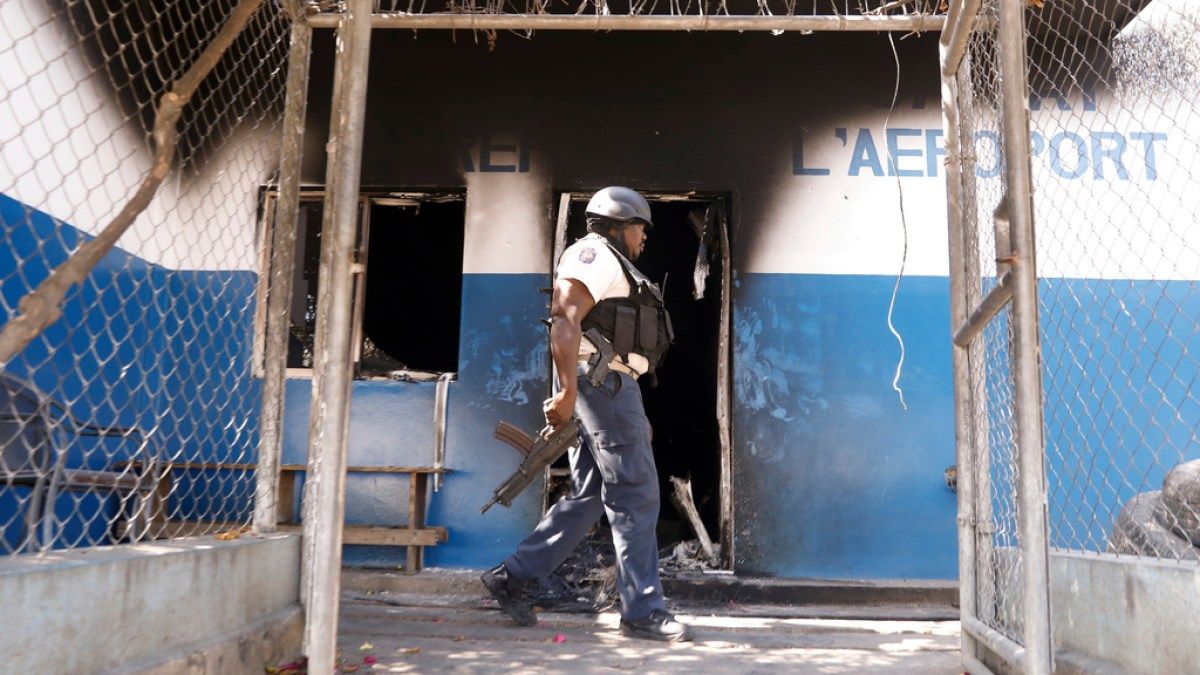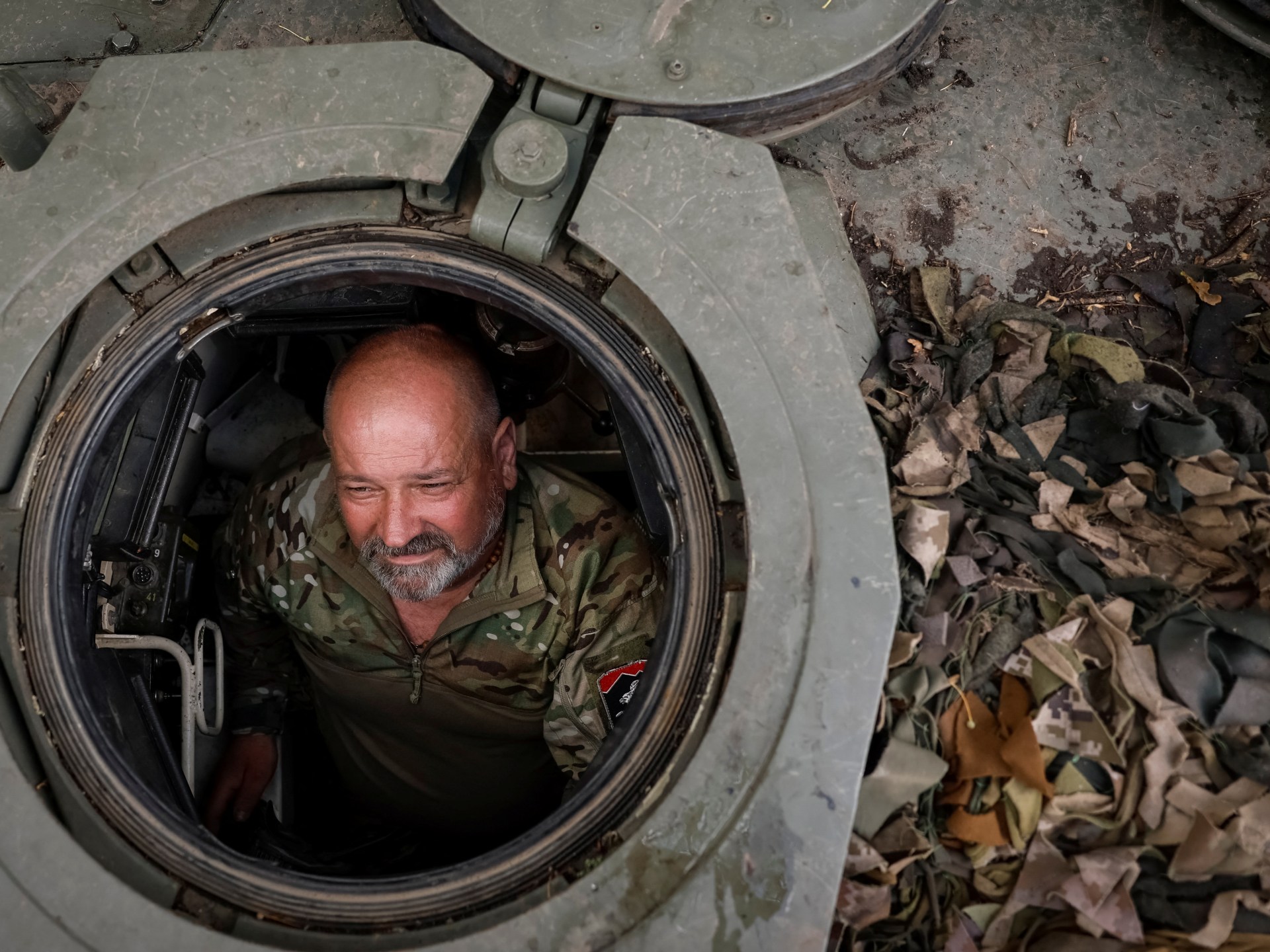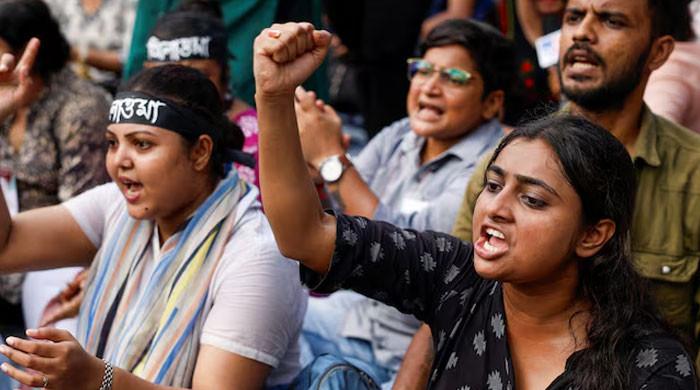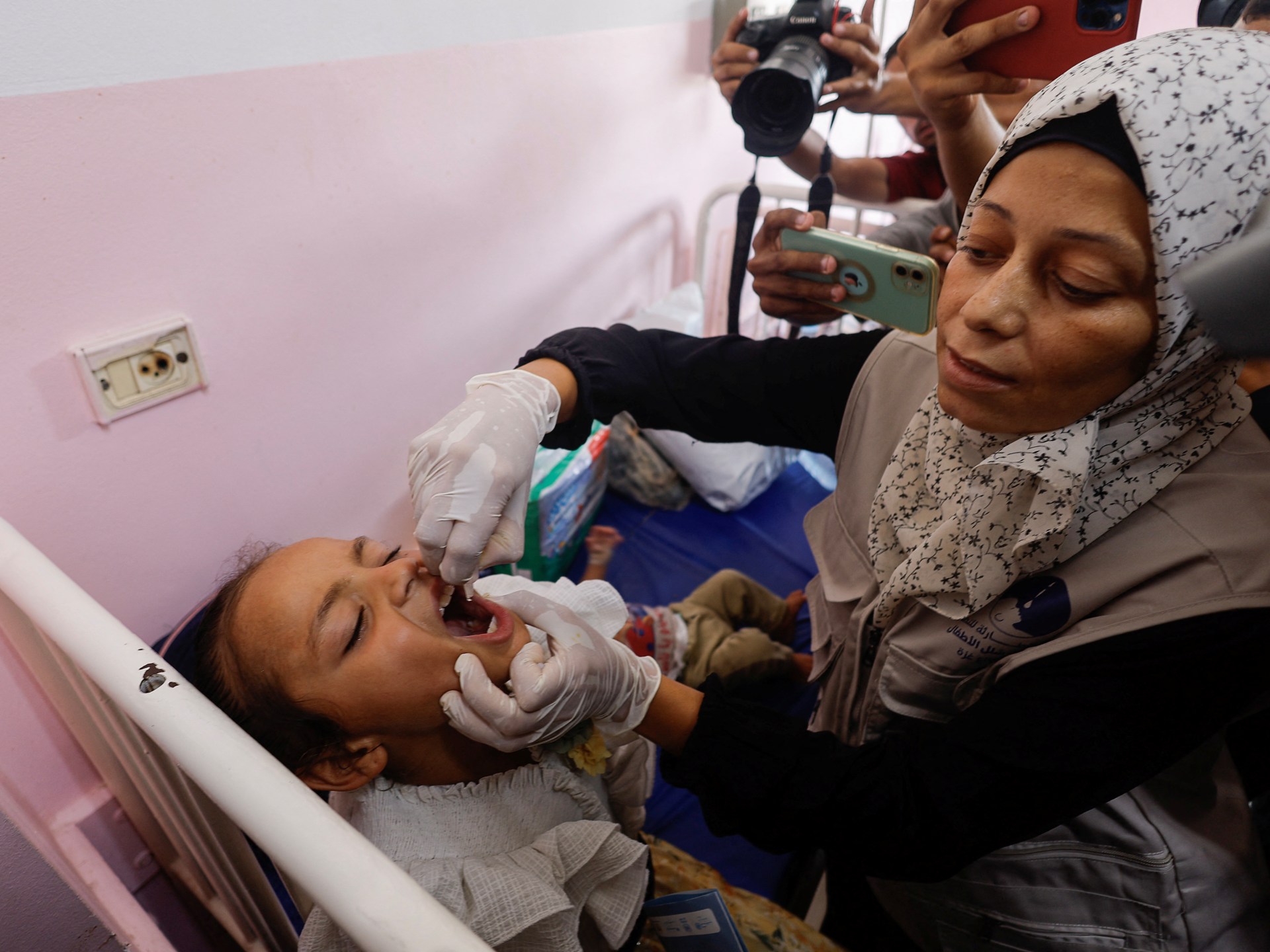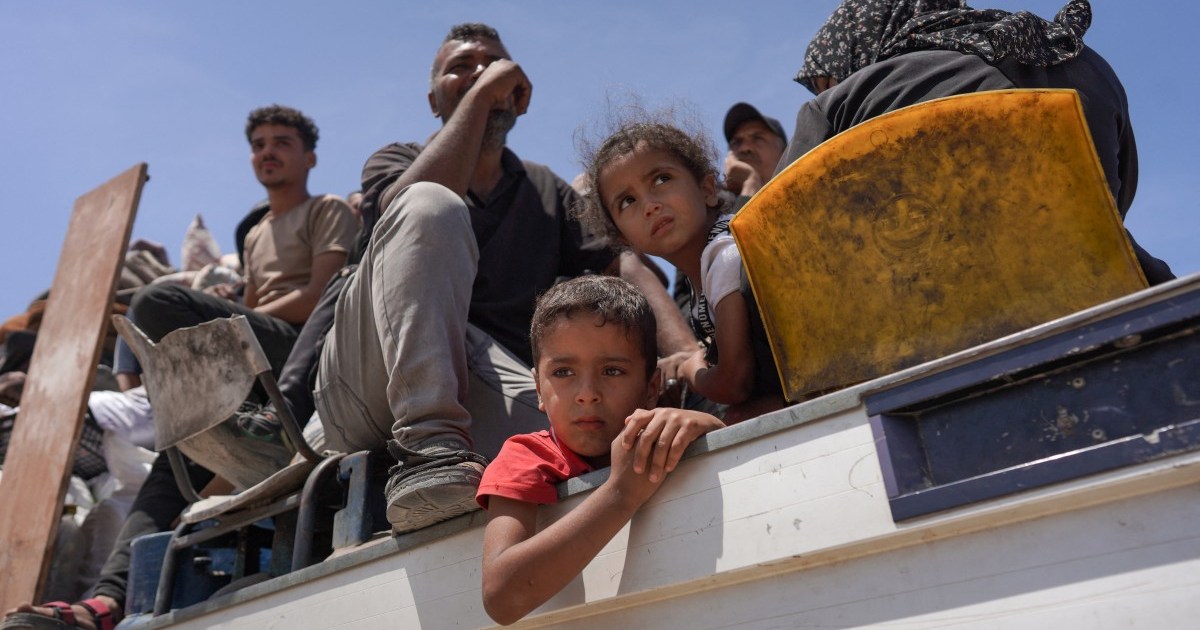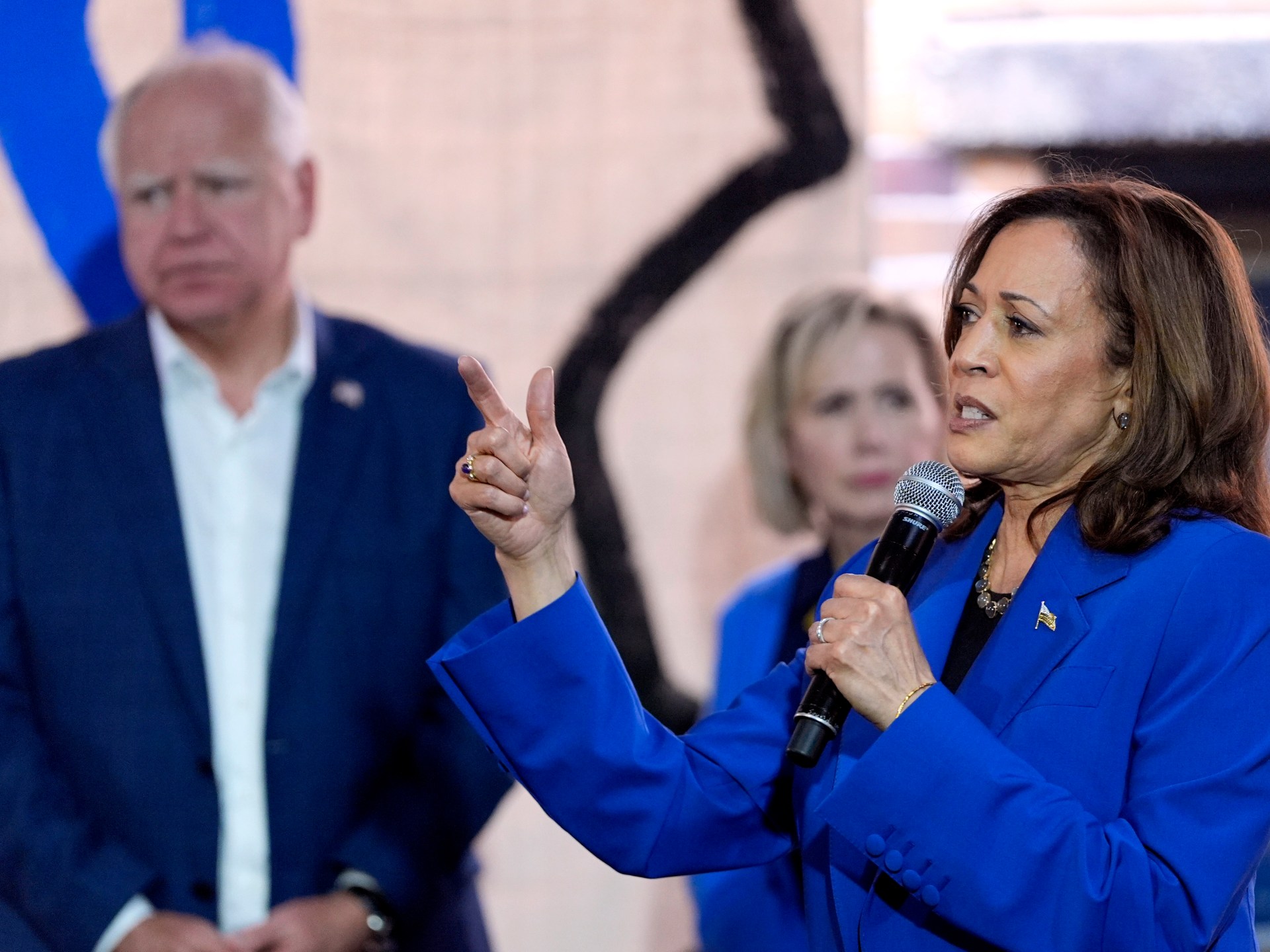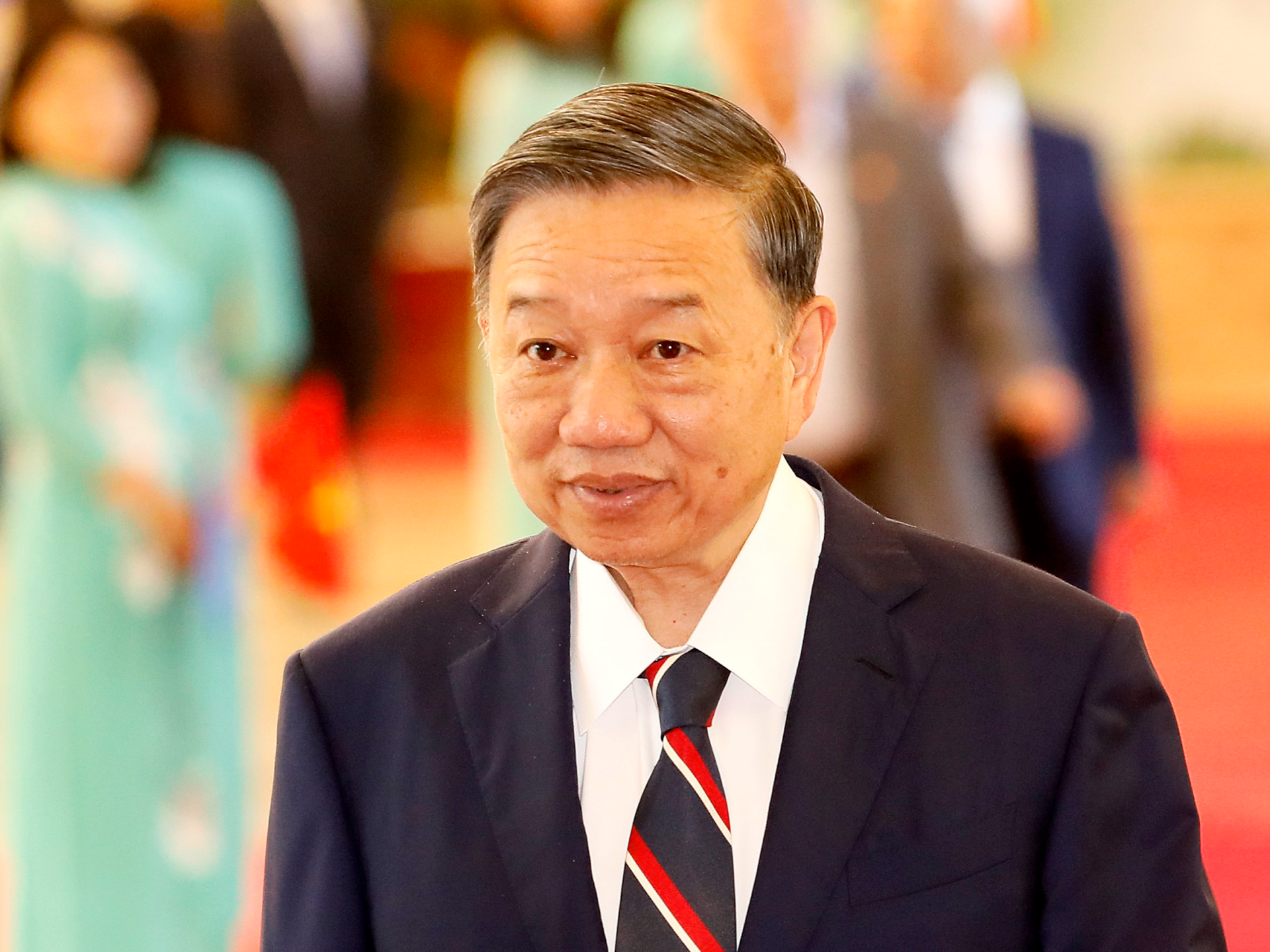The proposal initially caused a stir. In October 2022, then-Haitian Prime Minister Ariel Henry and 18 senior officials called on the international community to send a “specialized armed force” to help combat the spread of gang violence in Haiti.
But Haiti has struggled with a long and tense history of foreign involvement, and the prospect of a new wave of outside interference was met with skepticism.
Now, experts say public opinion is shifting in Haiti, as violence continues to rise and Haiti's already fragile government is on the brink of another shake-up.
“In October 2022, the majority of Haitians were against an international force,” said Pierre Esperance, executive director of the National Network for the Defense of Human Rights of Haiti (RNDDH). “But today most Haitians will support him because the situation is worse and they feel there are no other options.”
Still, the history of international involvement in Haiti casts such a long shadow that it remains a divisive issue, both among the Haitian people and the outside forces that would potentially be involved.
A new level of crisis
Instability in Haiti entered a new chapter this week when Prime Minister Henry, an unelected official who has served as de facto president, announced that he planned to resign..
The announcement came after mounting international pressure, as well as threats from the gangs themselves. One of the country's most notorious gang leaders, Jimmy “Barbecue” Cherizier, told reporters that a “civil war” would break out if the deeply unpopular Henry did not resign.
Calls for intervention by an international force arise from the acute nature of the situation, Esperance and other experts told Al Jazeera.
Gang violence has forced more than 362,000 Haitians from their homes, mainly in and around the capital of Port-au-Prince. The United Nations estimates that at least 34,000 of them have been displaced since the beginning of the year.
Armed groups have also taken control of roads and other vital arteries across the country, limiting the flow of supplies. With high poverty rates already leading to malnutrition, the UN has warned that the country is at risk of famine.
“The gangs control more than 95 percent of Port-au-Prince,” Esperance said. “Hospitals do not have materials, there is not enough drinking water, supermarkets are almost empty. “People stay home because it is very dangerous.”
Will Kenya take the lead?
With gang violence at critical levels and Haiti's government in ruins, some Haitians are increasingly looking abroad for help.
An August poll published by business alliance AGERCA and consulting firm DDG found that about 63 percent of Haitians supported deploying an “international force” to combat gangs.
An even higher proportion (75 percent) said Haitian police needed international support to restore order.
But countries such as the United States and Canada have balked at the prospect of leading such a force themselves, although they have offered to back other governments that could lead it.
In July 2023, Kenya Announced would be willing to deploy forces to Haiti and potentially lead a multinational security mission.
The UN Security Council supported the initiative and approved the mission led by Kenya. But the effort has since stalled, amid court challenges and other slowdowns.
In January, a Kenyan court ruled that the deployment of forces to Haiti would be “illegal and invalid.” And just last Tuesday, Kenyan officials said they would suspend any deployment to Haiti until a new government was formed.
Jonathan Katz, author of the book The Big Truck That Gone By: How the World Came to Save Haiti and Left a Disaster Behind, told Al Jazeera that the international community's hesitation to lead a mission to Haiti is a testament to the poor track record. of past foreign interventions.
“These countries are saying, 'We need to do this because we can't think of any other solution,'” Katz said. “But no one wants to do it themselves because each of these interventions throughout Haiti's history has ended with significant eggs on the face for everyone involved.”
'A direct colonial occupation'
Since the early 20th century, there have been at least three direct interventions in Haiti, including a decades-long occupation by US forces.
That occupation lasted from 1915 to 1934 and was carried out in the name of restoring political stability after the assassination of then-president Vilbrun Guillaume Sam.
But during their time in Haiti, U.S. forces oversaw widespread human rights abuses and the implementation of a “corvée,” a system of forced labor sometimes compared to slavery.
“It was slavery, albeit temporary,” said American civil rights leader James Weldon Johnson, writing for The Nation magazine in 1920.
“Day or night, from within their families, from their small farms or while walking peacefully along rural roads, Haitians were rounded up and forcibly taken to work for months in remote areas of the country.”
American soldiers even withdrew substantial funds from the National Bank of Haiti and took them to New York.
“This was a direct colonial occupation that began under US President Woodrow Wilson and lasted for five administrations, both Republican and Democratic,” Katz said of that period. “Subsequent occupations were carried out with varying degrees of directionality and indirectness.”
A hand in Haitian politics
For example, the United States would intervene in Haitian politics again during the Cold War, supporting governments friendly to its interests in the name of anti-communism.
Positioning himself as an anti-communist leader upon his election in 1957, Haitian President Francois “Papa Doc” Duvalier actively sought US support, even as he led a brutal campaign of state violence against his own people.
Despite doubts about Duvalier, the United States offered him help: American ambassador Robert Newbegin, for example, arrived in Port-au-Prince willing to give Duvalier's administration approximately $12.5 million in 1960 alone.
One estimate puts total U.S. support for Haiti during the rule of Duvalier and his son, Jean-Claude “Baby Doc” Duvalier, at $900 million. Meanwhile, the Duvaliers faced accusations of murder, torture and other violations.
The United States also sent troops to intervene directly in Haiti. In 1994, for example, U.S. President Bill Clinton sent a contingent of about 20,000 troops to restore Haitian President Jean-Bertrand Aristide to power after he was overthrown by the country's military in 1991.
This deployment occurred in parallel with a UN mission that ran between 1993 and 2000, also with the support of the United States.
In 2004, Aristide was overthrown once again, but this time, the United States encouraged him to resign, removing him from the country and sending troops to the island along with nations such as France and Chile.
That force was later replaced by the United Nations Stabilization Mission in Haiti, known as MINUSTAH, which lasted from 2004 to 2017 and was led by the Brazilian military.
While MINUSTAH was tasked with improving security, it soon faced accusations of committing rape and other atrocities against civilians. A massive cholera outbreak that killed more than 9,300 people was also traced to a sewage leak from a UN facility.
A future led by Haitians
Given its marked history of Haitian intervention, the United States has expressed caution in leading a new international mission to Haiti. Many are calling for solutions to be led by Haitians, rather than foreigners.
“We need to give Haitians time and space to get this right,” former US special envoy to Haiti Daniel Foote said in a recent interview with NPR.
“Let the Haitians have the chance to ruin Haiti for once. The international community has ruined it beyond recognition countless times. “I guarantee you that Haitians screw it up less than Americans,” he added.
For his part, Katz said the Kenya-led mission, backed by the U.N., would have provided a buffer for the United States and other powers that have a checkered history in the region.
In the 20th century, the United States carried out these occupations of Haiti. The United Nations later outsources these occupations, which the United States supports,” Katz said.
“But they are always damaging to the reputation of those involved and never leave the country in better conditions. So now, with this Kenya-led initiative, we have an almost doubly outsourced intervention.”
A last resort
But with the Haitian government in disarray and violence rampant, some experts question what systems are in place to foster recovery.
The assassination of President Jovenel Moise in 2021 left a power vacuum in Haiti's government and no general elections have been held since. Katz argues that the United States made the situation worse by lending its support to Henry, whose popularity has plummeted amid questions about his commitment to democracy.
“Anyone paying attention has been saying for years that this was an unsustainable situation that was going to explode,” Katz said. “When there is no legitimate democracy, the door is opened to people with greater firepower.”
Both Katz and Esperance point out that while countries like the United States have helped equip the Haitian National Police, the border between officers and the gangs they must combat is often porous.
The leader of the Cherizier gang, for example, is a former member of the riot control section of the Haitian National Police.
The result is that Haitians feel they have no choice but to look abroad, Esperance explained.
“We need a functional government. An international force will not be able to solve the problem of political instability,” Esperance stated. “At the same time, Haiti cannot wait. “We are in hell.”

